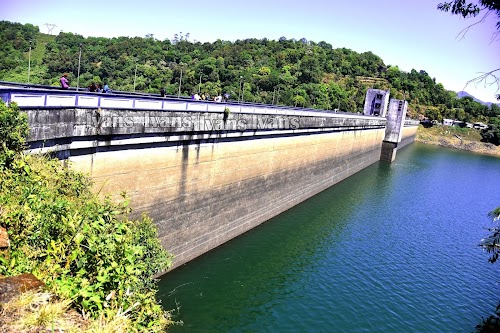
Periyar Tiger Reserve
Gavi, India
- Bird watching around the reserve.
- Enjoy a jeep safari through the reserve.
- Experience bamboo rafting and hiking.
- Go for a guided nature walk.
- Take a boat safari on Periyar Lake.
- Visit the Periyar Tiger Trail trekking.
Known for:
Description:
Nestled in the heart of the Cardamom Hills of Kerala, India, the Periyar Tiger Reserve is a captivating natural wonder. Spanning 925 sq km, this protected area is renowned for its rich biodiversity and stunning landscapes. It offers a unique opportunity to witness wildlife in its natural habitat, including elephants, tigers (though sightings are rare), leopards, various species of deer, and a plethora of birds. The reserve surrounds the picturesque Periyar Lake, formed by the Mullaperiyar Dam, which adds to the scenic beauty and provides a vital water source for the wildlife. Visitors can explore the reserve through boat safaris, trekking, bamboo rafting, and jeep safaris, each offering a different perspective of this ecological haven. With its lush greenery, diverse fauna, and serene ambiance, Periyar Tiger Reserve promises an unforgettable experience for nature enthusiasts and adventure seekers alike.
History:
The area that is now Periyar Tiger Reserve was initially the hunting grounds of the Travancore royal family. Recognizing the ecological importance of the region, the Maharaja of Travancore declared a portion of it as a reserve in 1934, known as the Nellikkampetty Game Sanctuary. Further conservation efforts led to the formation of the Periyar Wildlife Sanctuary in 1950. The construction of the Mullaperiyar Dam in 1895 created the Periyar Lake, which significantly altered the ecosystem and became an integral part of the reserve. In 1978, the sanctuary was declared a Tiger Reserve under Project Tiger, a national initiative to conserve the tiger population in India. Since then, the reserve has focused on protecting its tiger population, preserving its biodiversity, and promoting sustainable tourism.